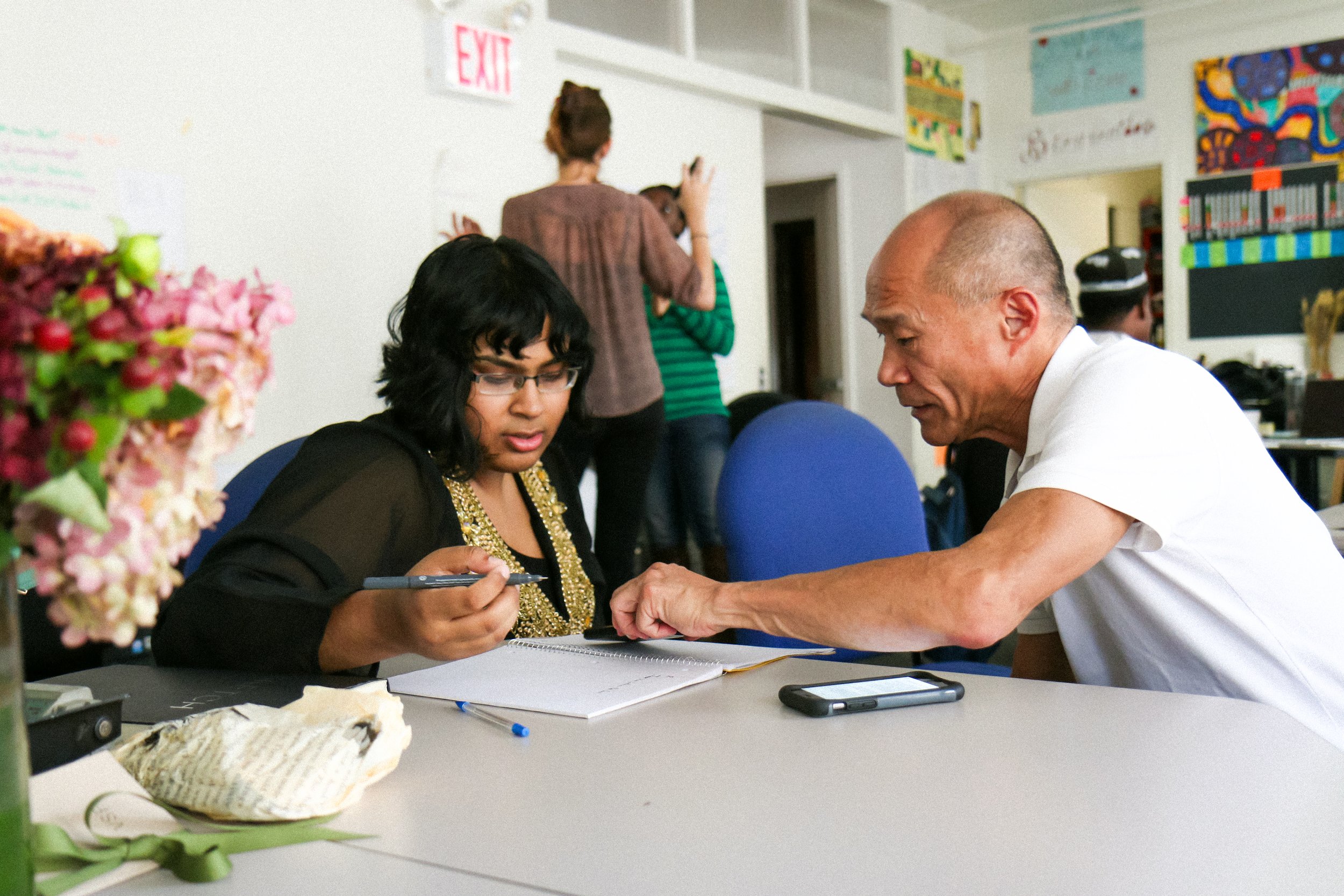Current Projects
Welfare to Work Policy
Helping people move from welfare into paid work can have multiple benefits. From the individual’s point of view, it can help them achieve goals and increase their family’s living standards. From society’s point of view, it can free up state spending for other uses, boost the available workforce, and increase tax revenue.
While many people will get (back) into paid work without assistance, others need greater aid. And the collective benefits of this justify government spending. For this reason, all developed countries spend a certain amount on welfare-to-work policies, also sometimes known as active labour market programmes (ALMPs).
New Zealand does not, however, invest significant amounts of money in this area: on some measures, we spend far less than the developed-country average, and one-tenth of the amount spent by the leading nations. While New Zealand does have an array of policies – including work-focussed case managers at Work and Income, and the Mana in Mahi scheme aimed at young people – these initiatives are often poorly co-ordinated, have significant gaps, and are not always rigorously evaluated.
IDEA’s research will dive deeply into the international evidence about what works best in this field, and examine how New Zealand’s provision stacks up. We will work closely with current beneficiaries to understand how they experience the current system, what aspirations they have for paid work, and what it would take for those aspirations to be realised. And we will bring all the above together in a comprehensive set of recommendations that could underpin a step-change in how New Zealand supports people into paid work.
Photo by Monica Melton on Unsplash
